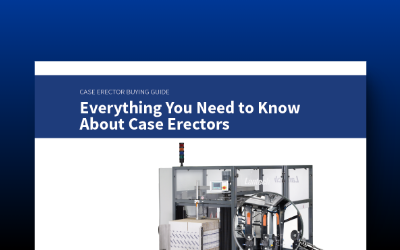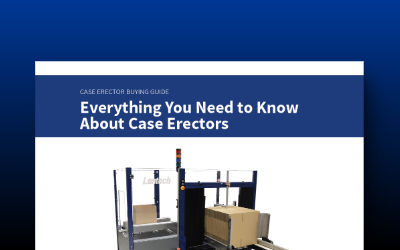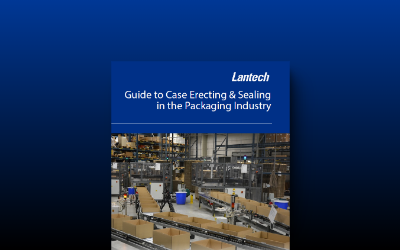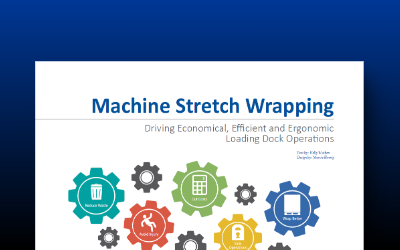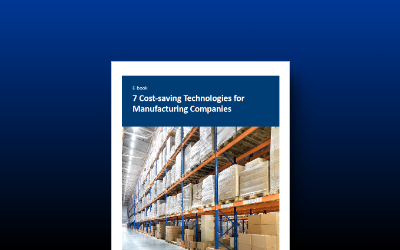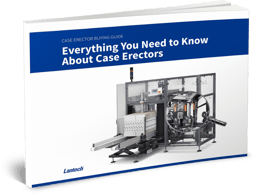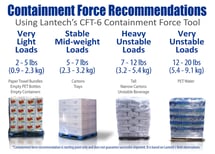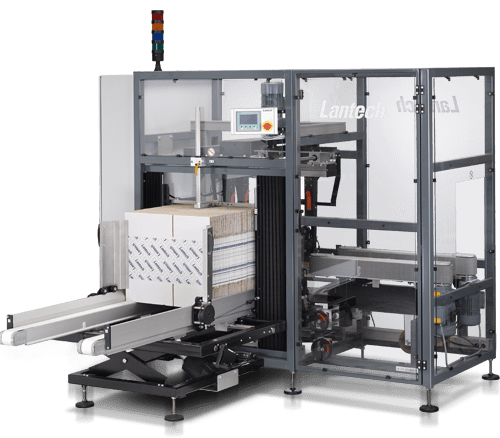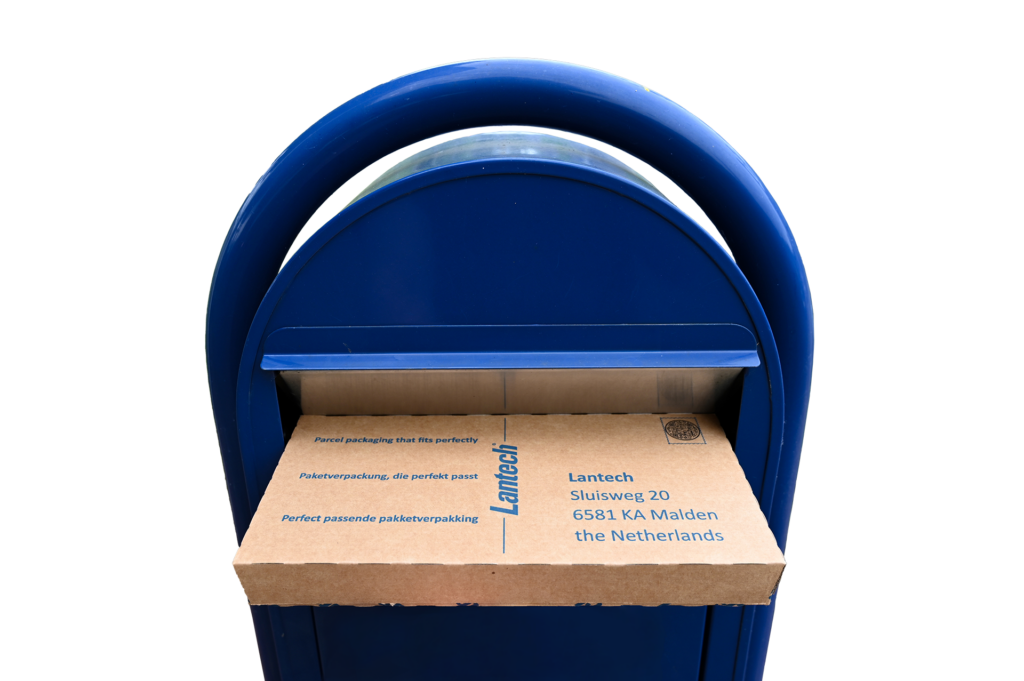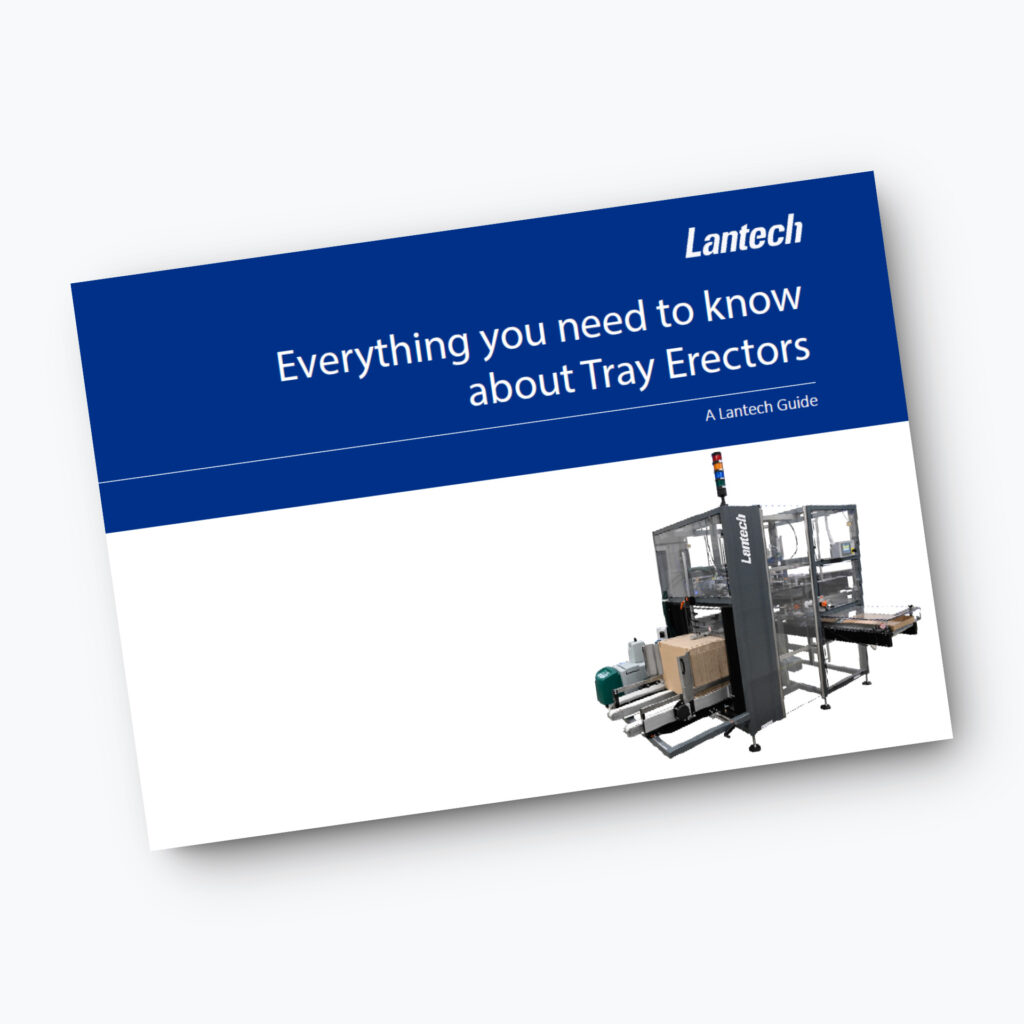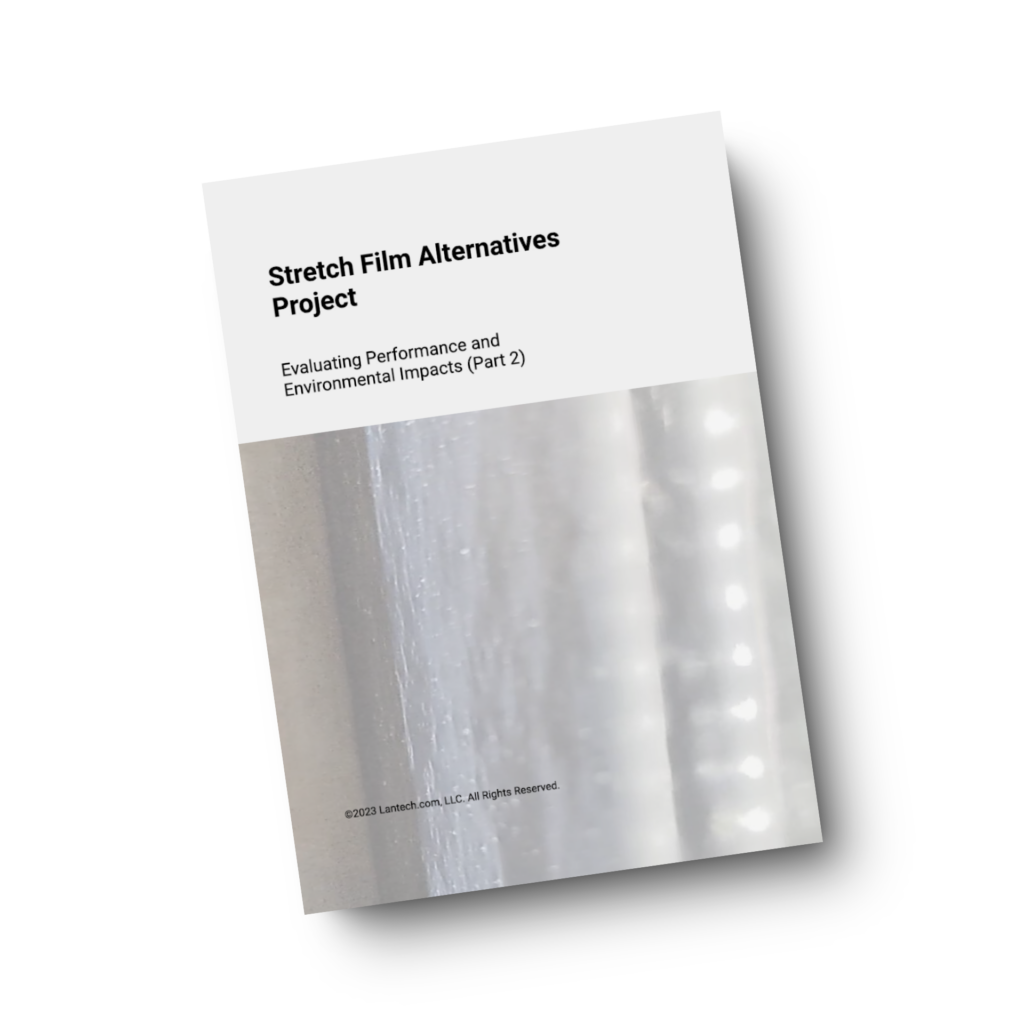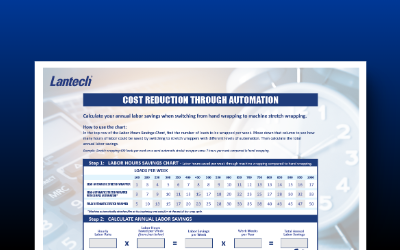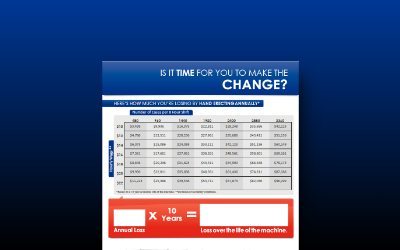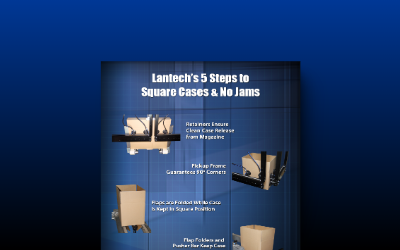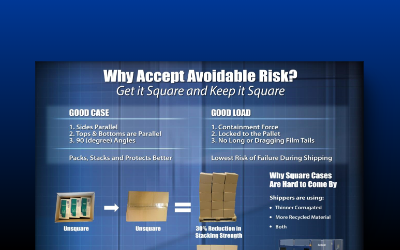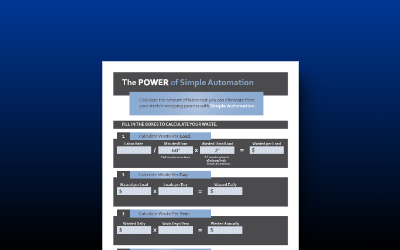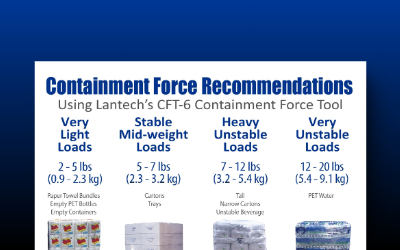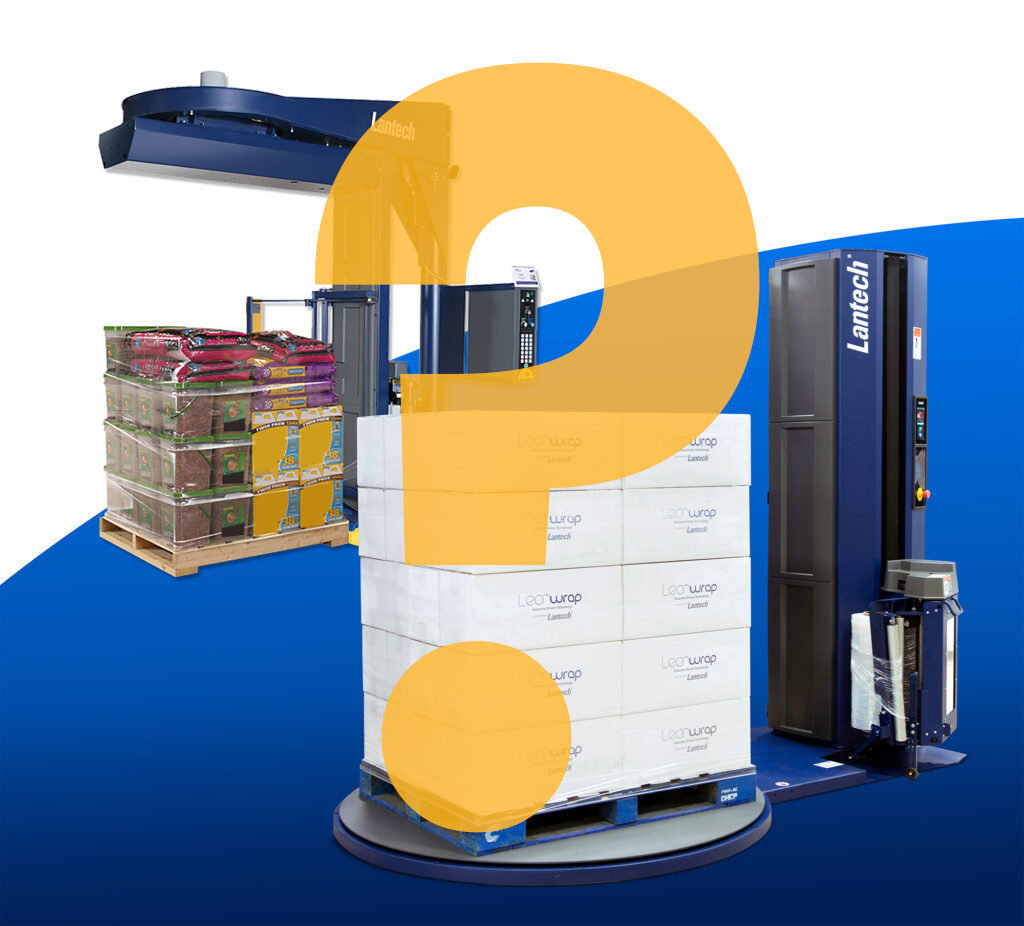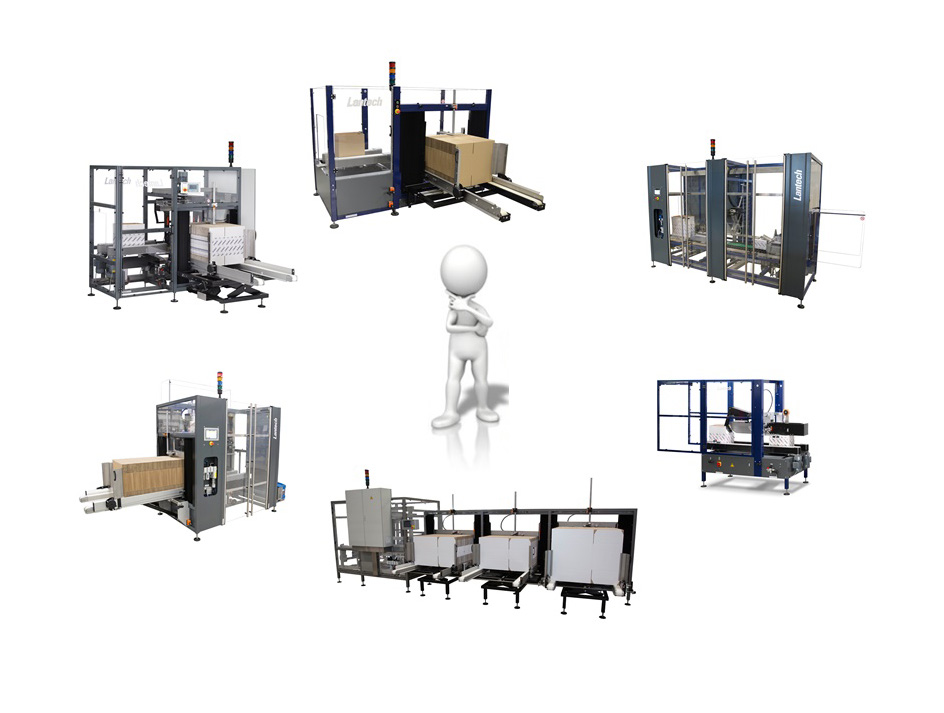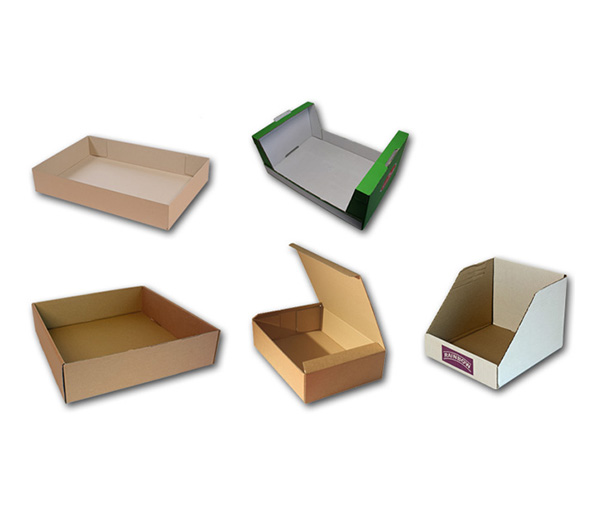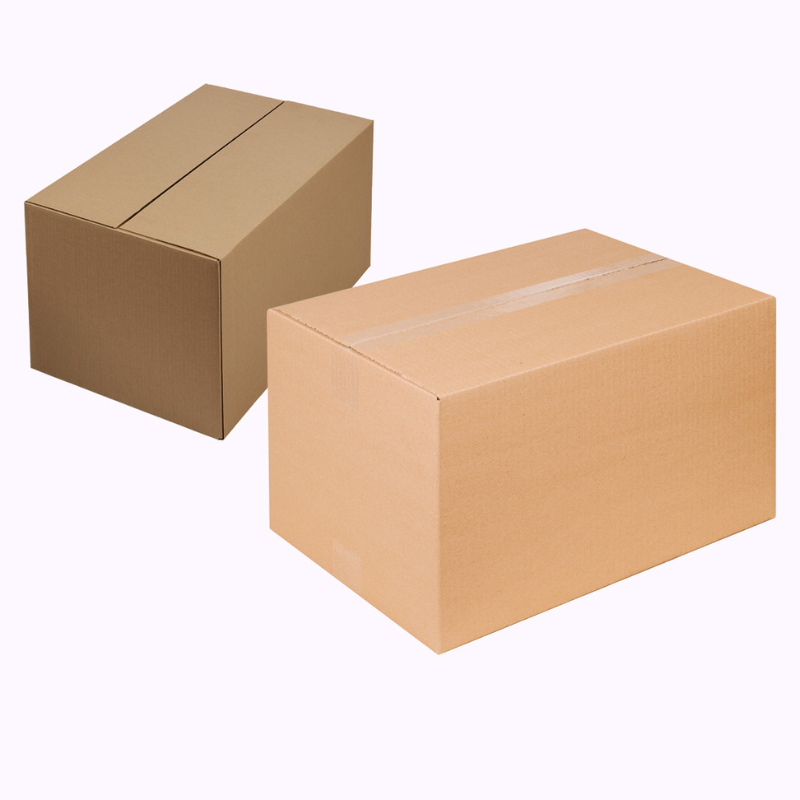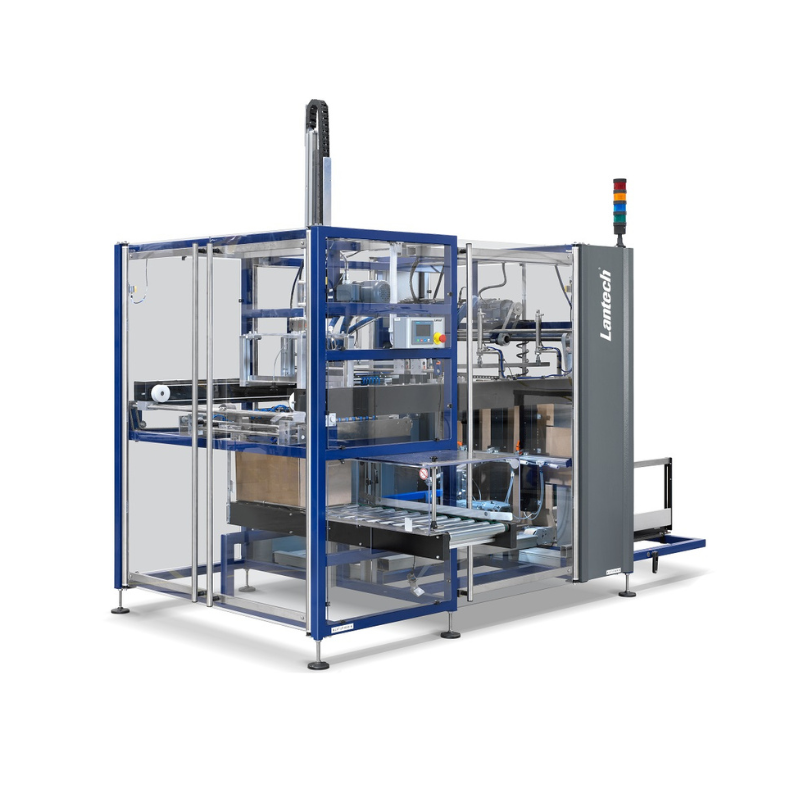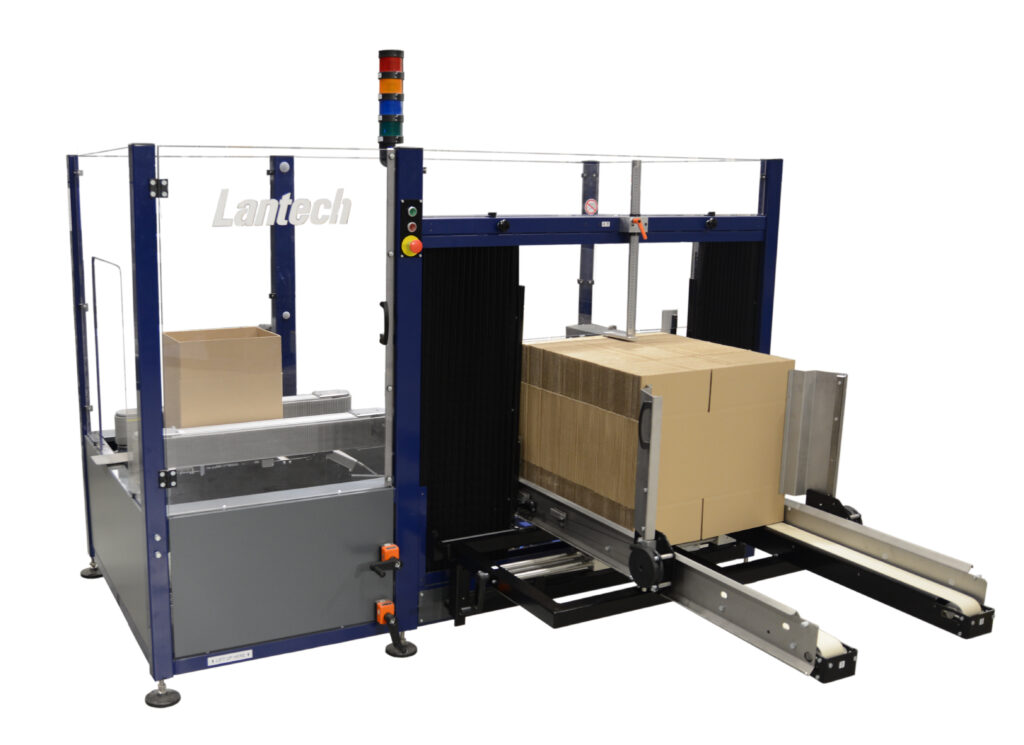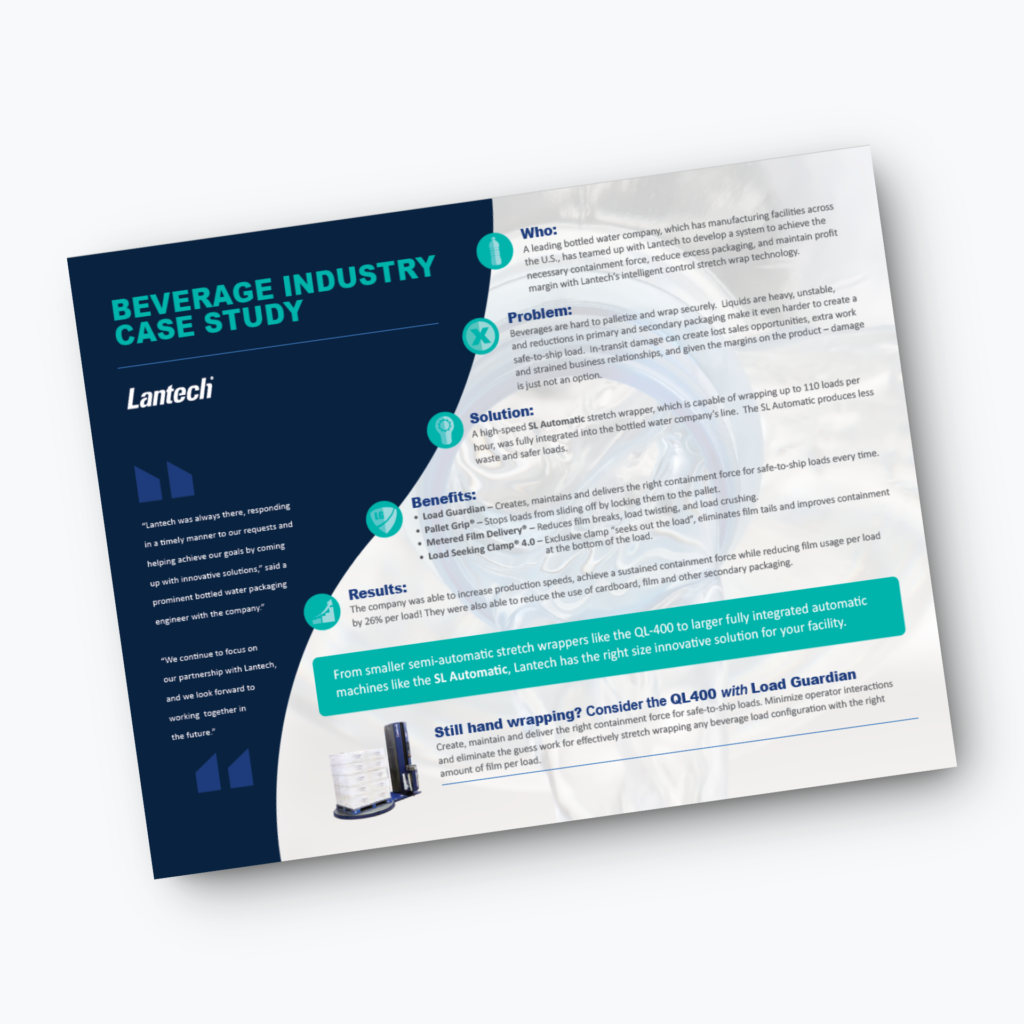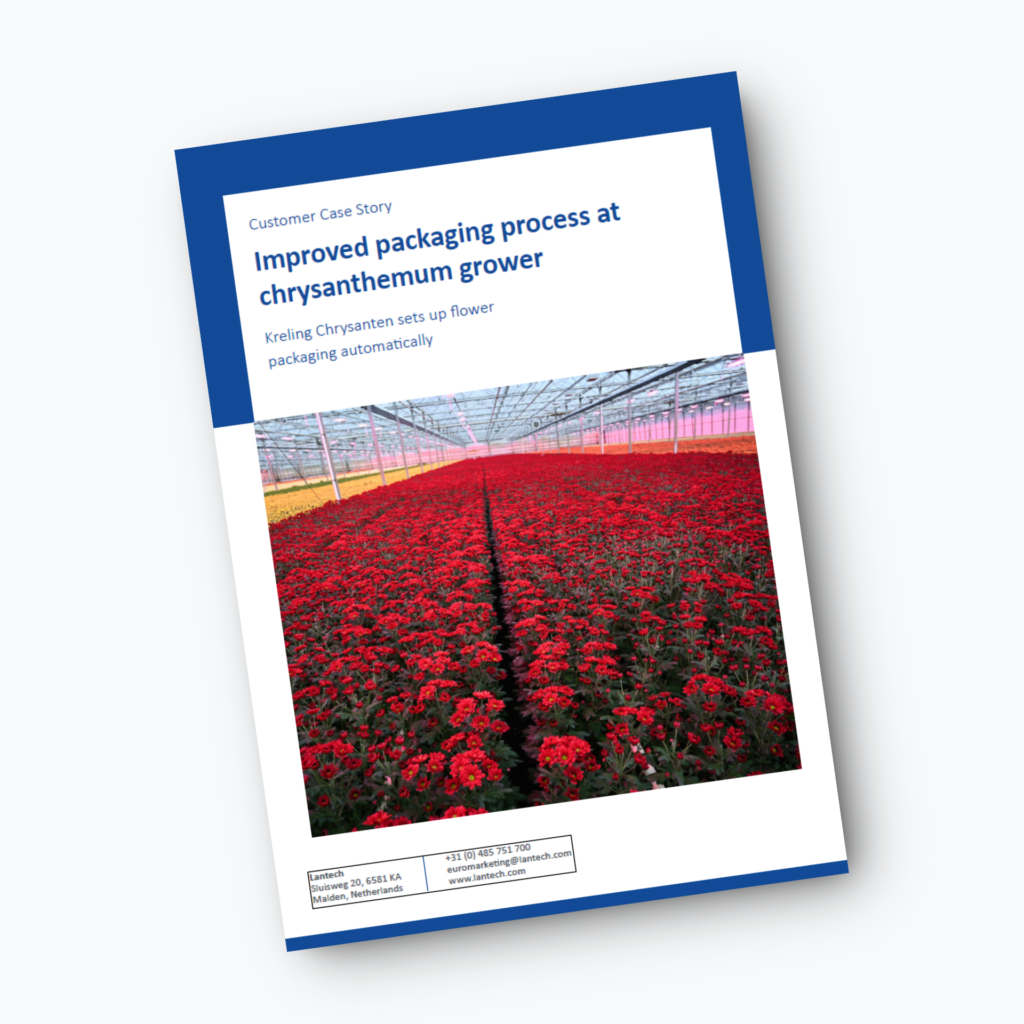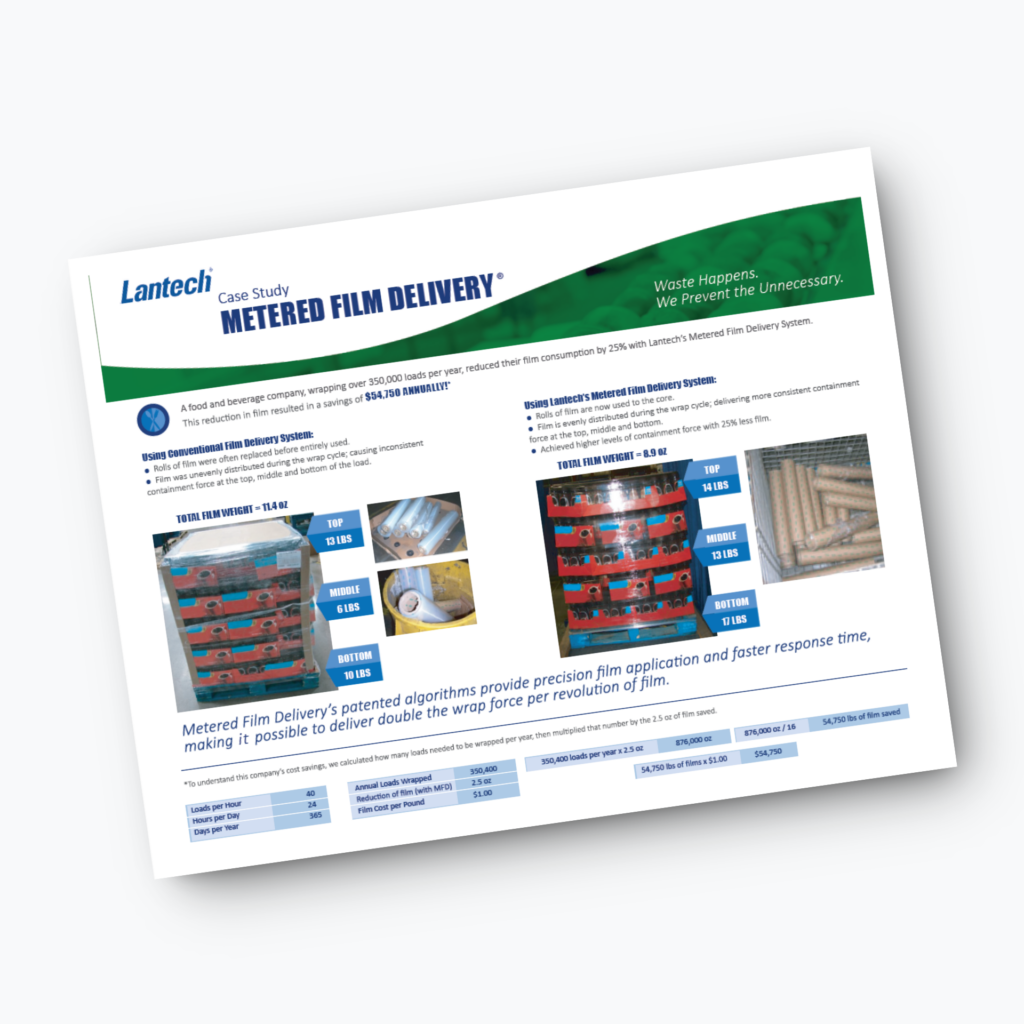Resource Library
All Featured
Stop the Bleeding In the Single-Use PET Industry’s Supply Chain
Learn the signs of an effectively wrapped load and how you can achieve a safe-to-ship load at the lowest cost by downloading this guide.
Learn MoreCase Erector Buying Guide
If you’ve been considering purchasing a case erector for your production line but aren’t sure where to start, our Case Erector Buying Guide will help.
Learn MoreCase Erecting & Sealing in the Packaging Industry
In this guide we will discuss the common packing challenges and give specific examples of how you can modify your case erecting and sealing processes to not only cope with the growth, but thrive.
Learn MoreCase Erecting & Sealing in the e-Commerce, Fulfillment and Logistics Industries
The global pandemic switched the mere convenience of online shopping to one of necessity. Years later, the e-Commerce industry is still faced with unprecedented demand, and fulfillment and logistics companies continue to adapt to increased demand.
Learn MoreMachine Stretch Wrapping
Our lean loading dock approach helps companies eliminate waste and inefficiency in their shipping. Better load unitization is an important step toward the goals of reducing damage and cost, as well as increasing efficiency. We’ve written this free eBook for anyone in management, operations or shipping.
Learn More7 Cost-Saving Technologies for Manufacturing Companies
In this eBook, we discuss seven technologies that can save costs in the manufacturing industry. The advantage of smart technologies is that the production process is a lot smoother and more efficient.
Learn MoreMost popular resources
Latest News
Still Setting the Standard: Lantech Unveils Cutting-Edge Packaging Innovations at Drinktec and PackExpo
Louisville, KY – Lantech, a trailblazer in the packaging industry, is thrilled […]
Learn MoreLantech demonstrates case handling for the bakery and confectionery industry at IBA
Malden, NL — Lantech, manufacturer of end-of-line packaging machines, will be exhibiting […]
Learn MoreLantech Expands Louisville Manufacturing Facility to Build Modular Case Erectors
Louisville, KY – Lantech, a global leader in packaging automation, has expanded its […]
Learn MoreLantech’s Parcel Pack system simplifies parcel logistics
Malden, NL — The packaging solution developed by Lantech, the fully automated […]
Learn MoreGuides
Tray Erector Buying Guide
A seamless packaging process is of invaluable value to companies striving for efficiency, speed, and consistency in their production. A tray erector can have a significant impact on your operational success.
Read MoreStop the Bleeding In the Paper-Based FMCG Industry’s Supply Chain
Reductions in primary and secondary packaging materials and ever-present cost reduction pressures are making most products more difficult to wrap. Fragile or delicate products like paper-based, fast-moving consumer goods (FMCG) are especially hard to wrap effectively.
Read MoreStretch Film Alternatives White Paper
Download this white paper to learn more about our evaluation into every currently stretch wrap alternative.
Read MoreHigh Speed Stretch Wrapping in the Beverage Industry
Discover how a leading bottled water company harnessed Lantech’s exclusive technology to wrap effectively at the lowest cost.
Read MoreCharts, Checklists And Calculators
Calculator: Cost Reduction Through Automation
Calculate your annual labor savings when switching from hand wrapping to machine stretch wrapping.
DownloadCalculator: Automatic Case Erector Savings
Calculate your potential annual savings when switching from hand-erecting cases to automatic case erecting.
DownloadChart: 5 Signs of a Square Case
Learn five signs of a perfectly square case with this chart and let it serve as a reminder for the importance of square cases in pallet loading.
DownloadChart: Why Square Cases are Important
Find out why square cases are so hard to come by and how to identify one so you don’t have to take avoidable risks.
DownloadCalculator: The Power of Simple Automation
How much time and money are you wasting? Our calculator estimates the amount of labor cost you can eliminate from your stretch wrapping process with Simple Automation.
DownloadChart: Annual Loss From LTL Reweigh Fines
What does this mean for you? Download this chart to find out!
DownloadChecklist: Buying a New Stretch Wrapper
Run through the important safety, useability, reliability and effectiveness aspects of buying a new stretch wrapper with this checklist.
DownloadChart: Containment Force Recommendations
Your pallets face a rough ride as they ship to your customers. How they look when they arrive is an important part of your brand. Make sure they’re wrapped tight enough to survive the trip by checking their containment force.
DownloadQuizzes
Which Semi-Automatic Stretch Wrapper is right for you?
Take our short quiz to find out. Based on your answers, you will receive a suggestion as to which stretch wrapper would best suit your needs.
What kind of Case Erector fits your needs?
This short quiz can help you identify the type of case erecting machine that would work best for your facility.
Which Tray Erector best suits your situation?
Looking to optimize your tray erecting process? Take this short quiz to see the recommended tray erector machine to fit your needs.
Hotmelt versus tape calculator
Find out your payback period for choosing Hotmelt closure instead of Tape […]
Tray productivity calculator
Manually erecting trays takes time, adds labor costs, and can slow down […]
Case savings calculator
If you’ve been considering a case erector for your production line, here […]


